How to make Chinese mugwort rice cake
To flavor the rice cake, Chinese mugwort (Artemisia argyi) is used:
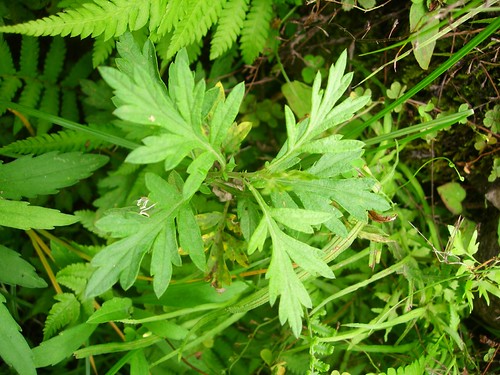
The mugwort leaves should be cleaned...
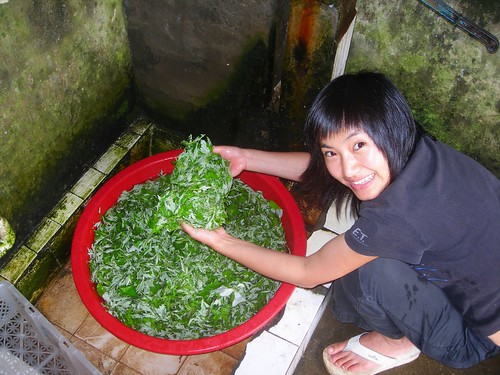
...and then boiled:
![Boiling mugwort leaves [Mama]](http://farm2.static.flickr.com/1039/638277030_8eb4e7afb3.jpg)
Wringing the boiled leaves will then remove the bitter sap contained within the plant.
Lye water must now be prepared. Lye water is important for three reasons: 1) to partially digest the mugwort leaves to make them easier to knead into the dough; 2) to serve as a preservative; 3) to act as a flavoring agent. In Fuzhou, soybean ash is preferentially used, but since this is generally in short supply, rice stalk ash is often used instead. Large piles of rice stalk are burned after the harvest and the resulting ash is stored primarily for use as fertilizer, but also for making both rice cake and zongzi later on in the year. Boiled water is poured over the ash and the lixivium is filtered through a cheesecloth. Incidentally, if you are not making rice cakes (or zongzi), the resulting brown alkaline liquid (lye water) can also be diluted with water and used as shampoo:
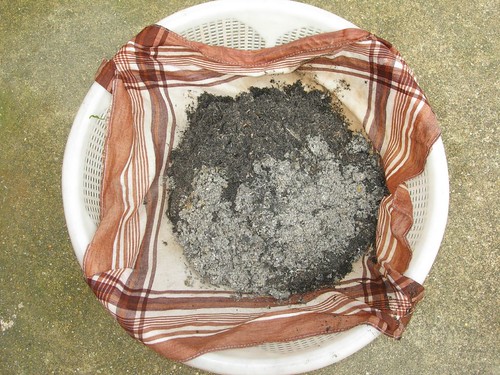
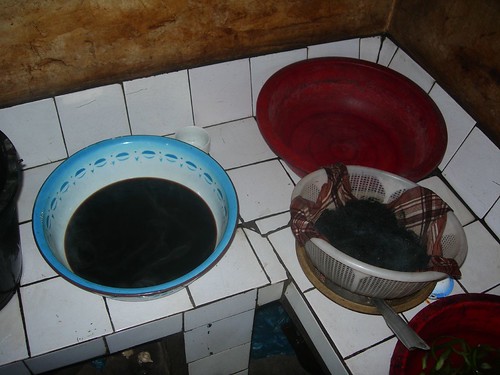
Note that lye water should NOT be consumed directly (it may burn a hole in your throat or stomach).
The mugwort leaves are now boiled in lye water until very soft and until most of the water has boiled away:
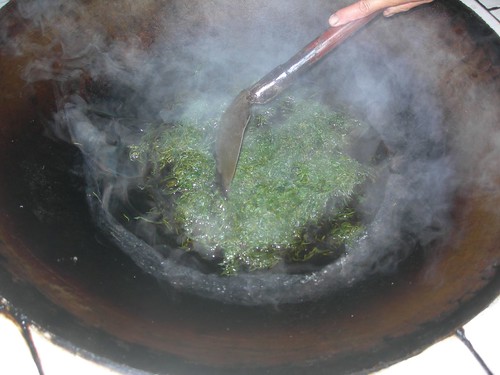
After the mugwort leaves are removed from the fire, sugar can be added to taste, and the mixture is poured into a 1:1 blend of rice flour and sticky rice flour (if you want softer and chewier rice cakes, you can increase the amount of sticky rice flour):
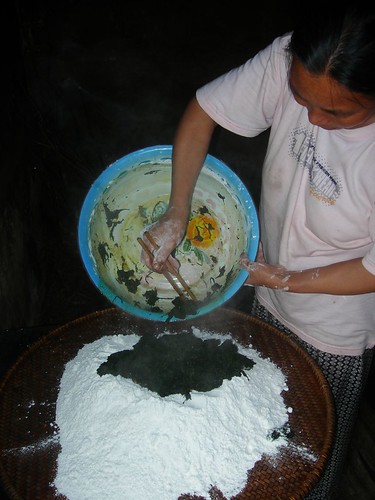
Everything should then be kneaded into a homogeneous green dough:
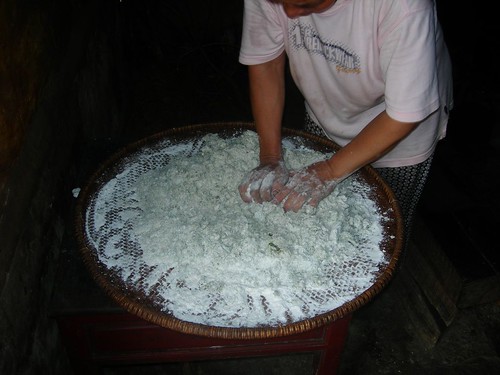
The green dough can then be fashioned into cakes...

and steamed in a cauldron:
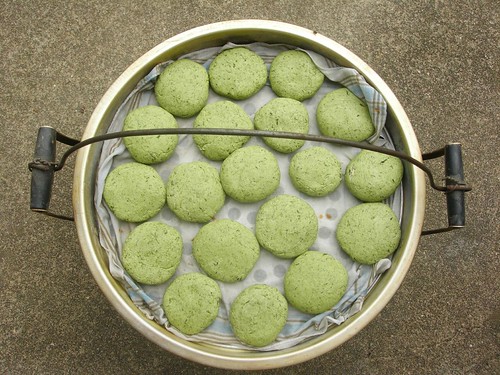
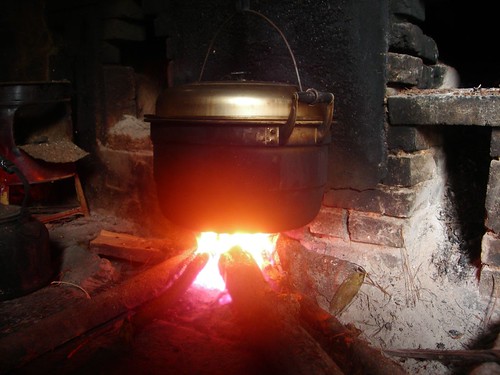
After about 30 minutes, the resulting cakes will have become dark green in color and are ready to be eaten:
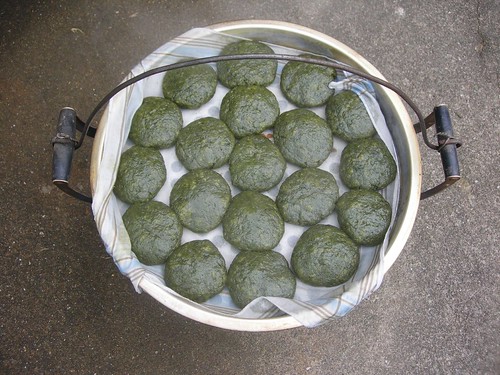
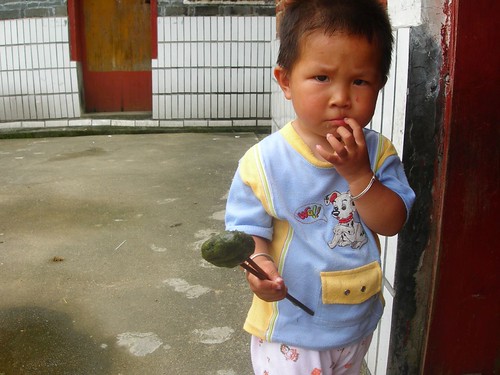
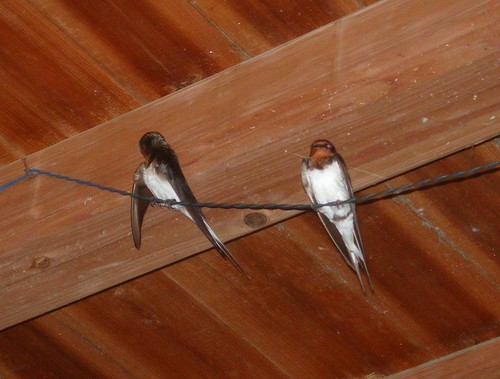
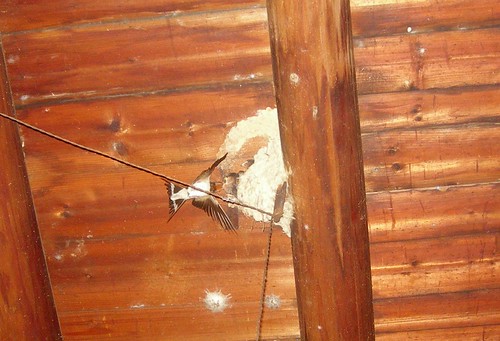
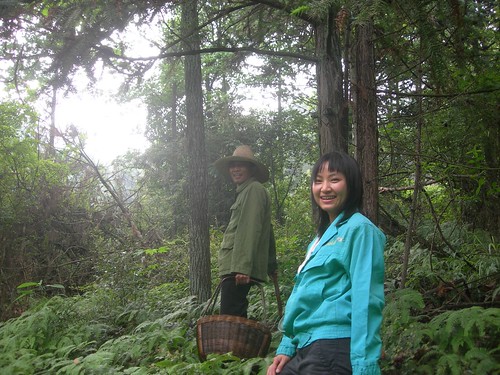

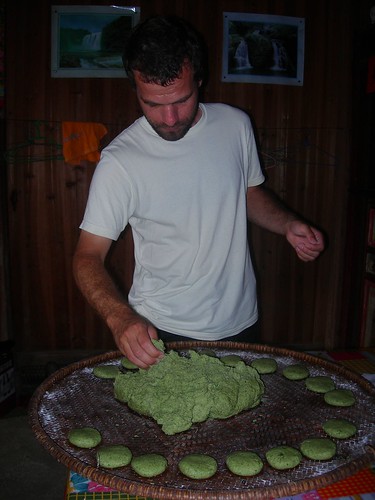
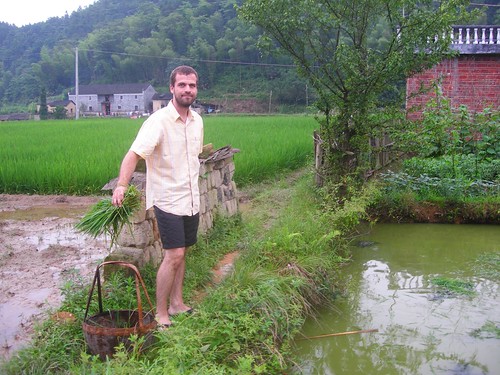
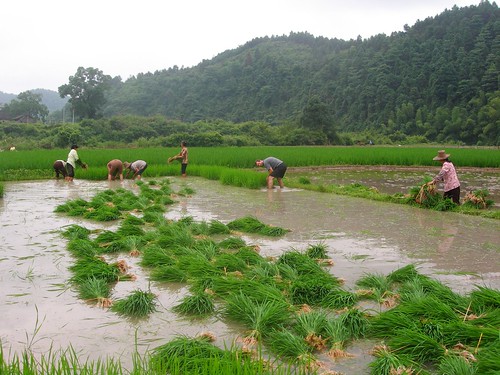
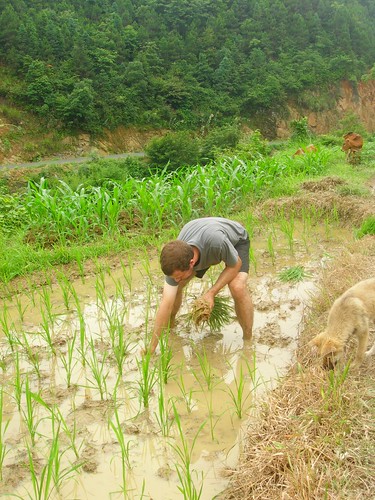
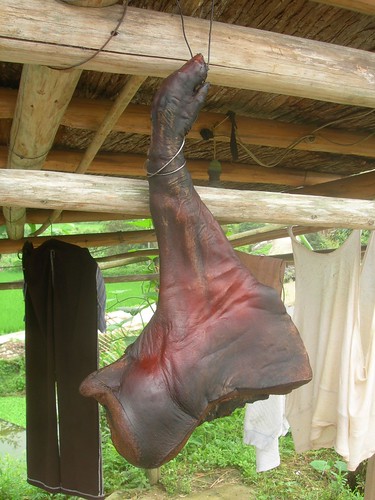
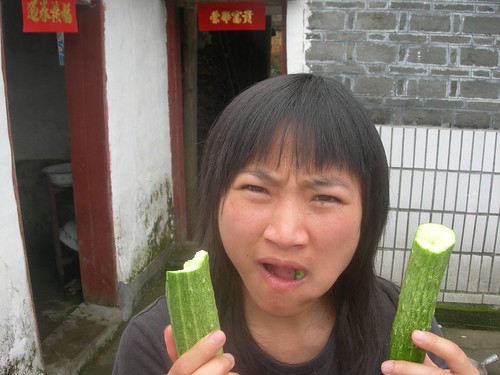

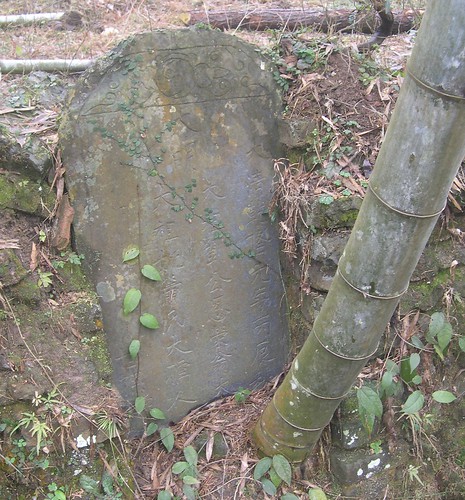
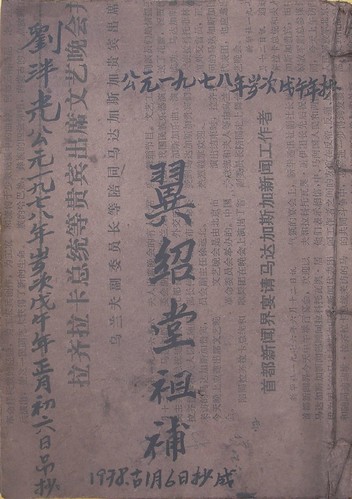
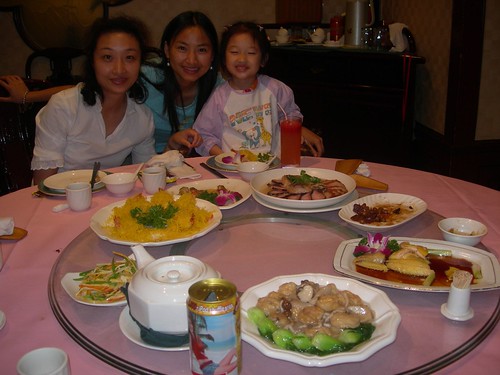

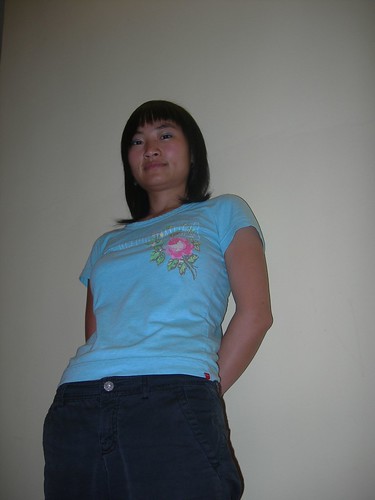
![At Erjie's Factory [Nick, Gina, Dajiefu, Yangyang, Dajie, Sanjie, Erjie, A-Luo]](http://farm2.static.flickr.com/1142/564215549_04af970df7.jpg)
![Starbucks at Houjie, Dongguan [Gina, Sanjie, Erjie, Dajie, Yangyang]](http://farm2.static.flickr.com/1390/564216465_b2fdcd6688.jpg)

